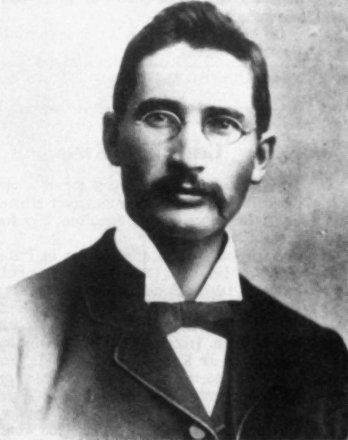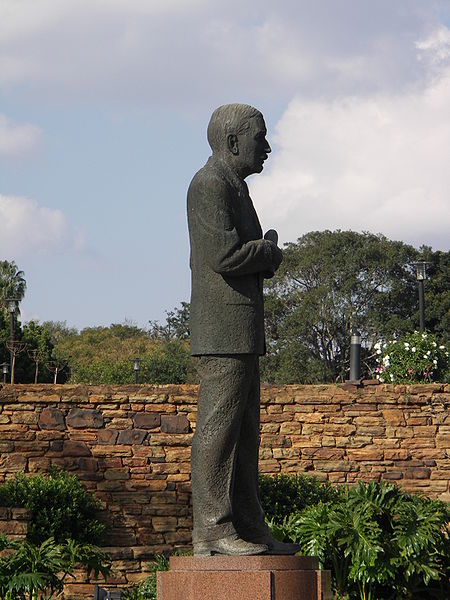<Back to Index>
- Philosopher Ivan Vasilyevich Kireyevsky, 1806
- Composer Grigoraş Ionică Dinicu, 1889
- 3rd Prime Minister of South Africa James Barry Munnik Hertzog, 1866
PAGE SPONSOR


James Barry Munnik Hertzog, better known as J.B.M. Hertzog (3 April 1866 near Wellington, Cape Colony – 21 November 1942 in Pretoria, Union of South Africa) was a Boer general during the second Anglo-Boer War who later went on to become Prime Minister of the Union of South Africa from 1924 to 1939. Throughout his life he encouraged the development of the Afrikaner culture, determined to protect the Afrikaner from British influence. He is named after Dr. James Barry who performed the first successful cesarean section in Africa by a British surgeon, in which both the mother and child survived the operation. In 2007 a building was built in Paarl and named after him to honor his legacy.
Hertzog first studied law at Victoria College in Stellenbosch, Cape Colony. In 1889 he went to the Netherlands to read law at the University of Amsterdam, where he prepared a dissertation on the strength of which he received his doctorate in law on 12 November 1892.
He had a law practice in Pretoria from 1892 until 1895, when he was appointed to the Orange Free State High Court. During the Boer War of
1899 - 1902 he rose to the rank of general, becoming the assistant chief
commandant of the military forces of the Orange Free State. Despite
some military reverses, he gained renown as a daring and resourceful
leader of the guerilla forces continuing to fight the British.
Eventually, convinced of the futility of further bloodshed, he signed
the May 1902 Treaty of Vereeniging. With the country now at peace, Hertzog plunged into politics as the chief organizer of the Orangia Unie Party. In 1907, the Orange River Colony gained
self-government and Hertzog joined the cabinet as Attorney-General and
Director of Education. His insistence that Dutch as well as English be
taught in the schools met bitter opposition. He was appointed national
Minister of Justice in the newly formed Union of South Africa. He continued in office until 1912. His antagonism to imperialism and to Premier Botha led to a ministerial crisis. In 1913 he led a secession of the Old Boer and anti-imperialist section from the South African Party. At the outbreak of the South African rebellion in 1914, he stayed neutral. In the years following the war, he headed the opposition to the government of General Smuts. In the general election of 1924, his National Party defeated the South African Party of Jan Smuts and formed a coalition government with the South African Labour Party. In 1934, the National Party and the South African Party merged to form the United Party, with Hertzog as Prime Minister and leader of the new party. Hertzog was a republican who believed strongly in promoting the independence of the Union of South Africa from the British Empire. His government approved the Statute of Westminster in 1931, and replaced Dutch as second official language by Afrikaans in 1925, as well as instating a new national flag in 1928. His government as well approved women's suffrage for white women in 1930, thus hardening the dominance of the white minority.
Property and education demands for Whites were abandoned in the same
year, with those for non-Whites being severely tightened, and in 1936
Blacks were completely taken off the common voters' roll. Separately
elected Native Representatives were instead instated, a policy repeated in the attempts of the later apartheid regime
to disenfranchise all non-Whites during the 1950's. Through this system
of gradual disenfranchisement spanning half a century, the South
African electorate was not made up entirely of legally Whites until the 1970 general election. On 4 September 1939, the United Party caucus refused to accept Hertzog's stance of neutrality in World War II and deposed him in favor of Smuts.